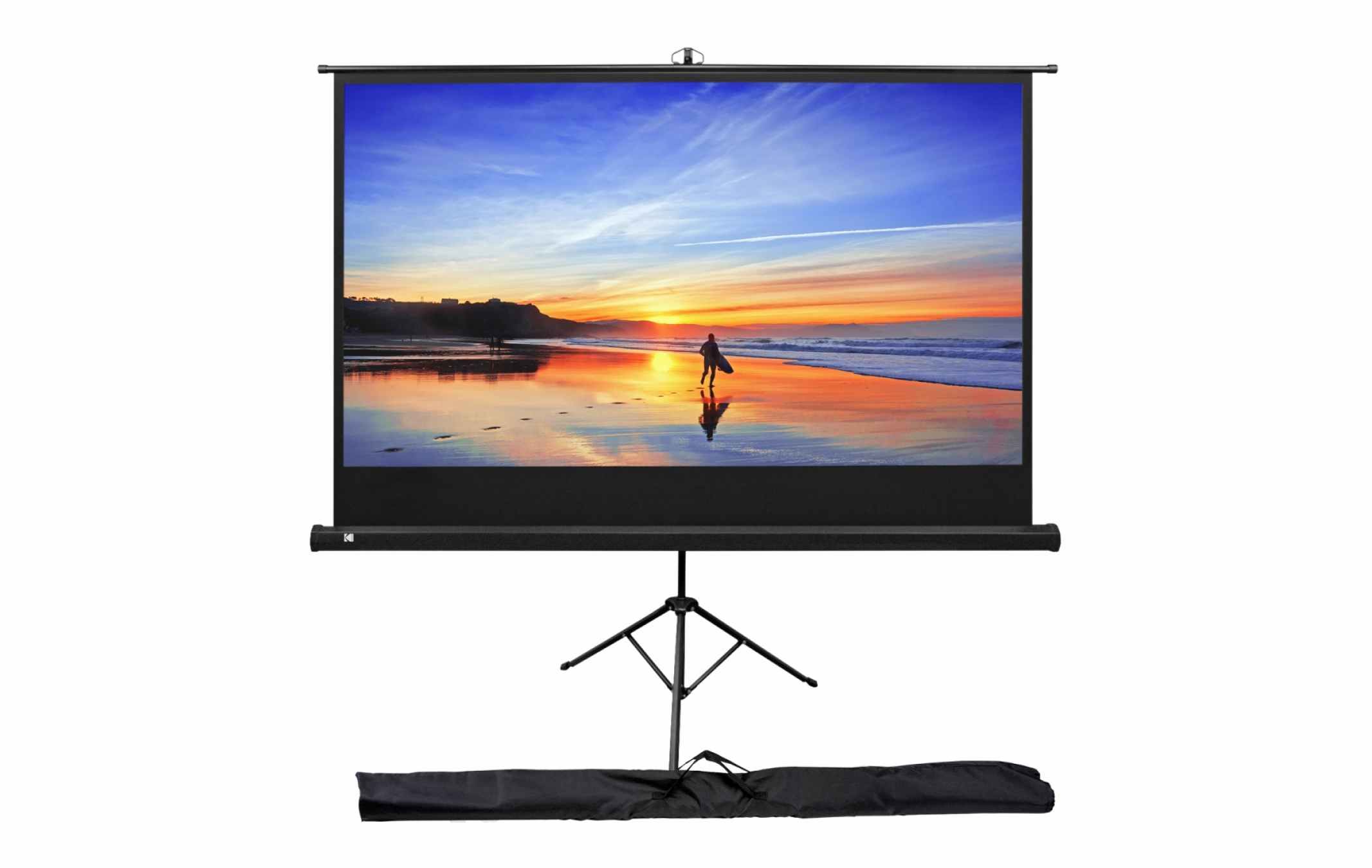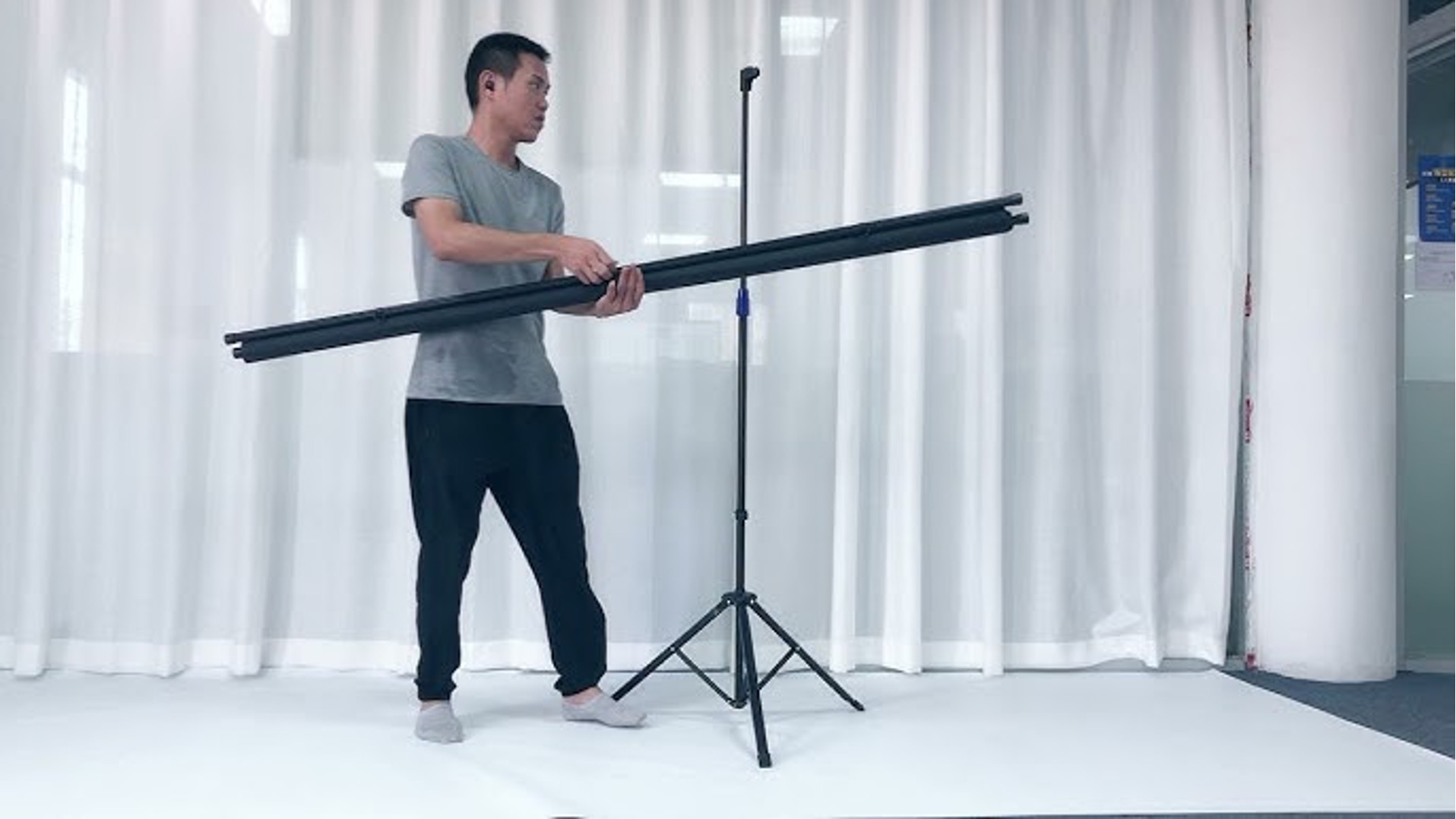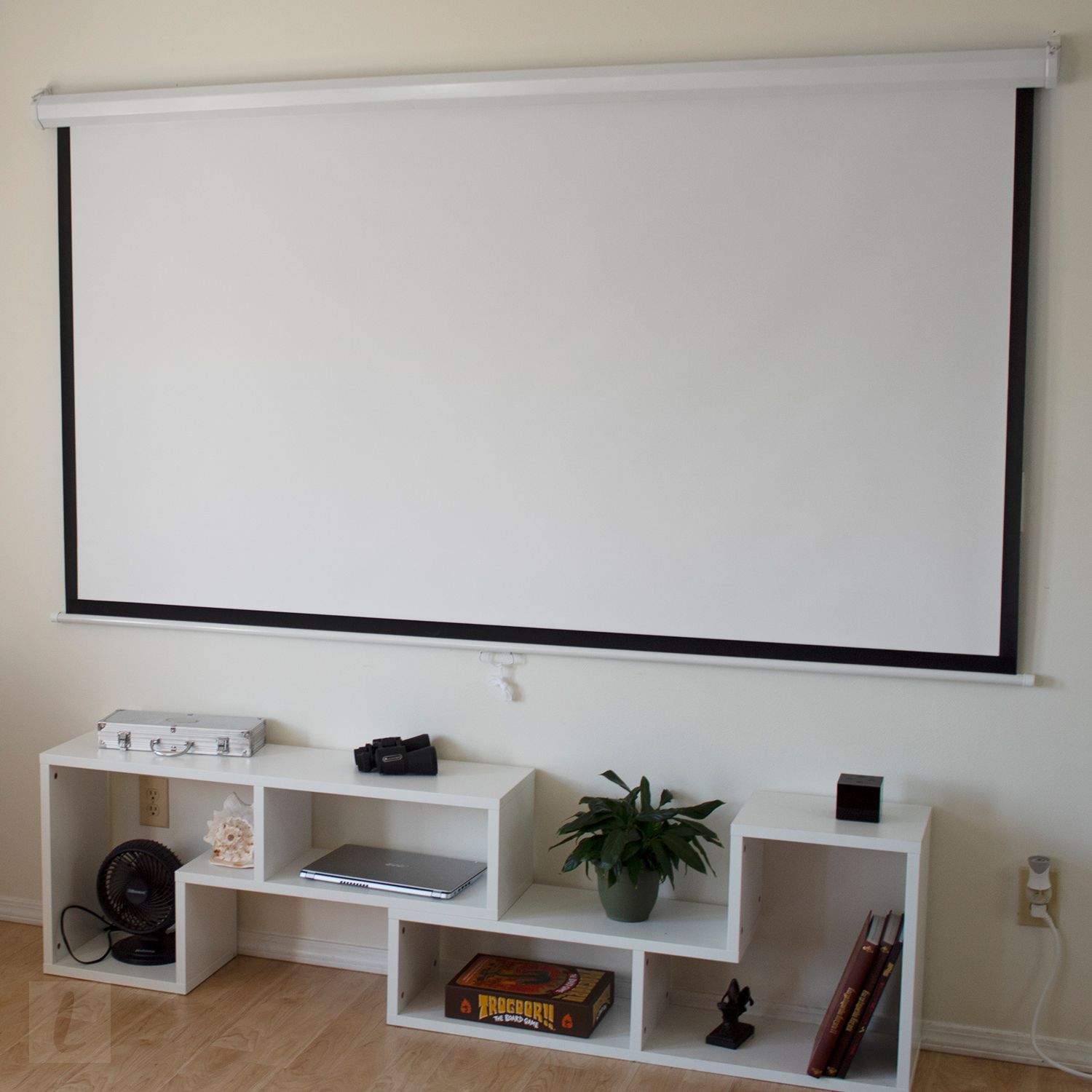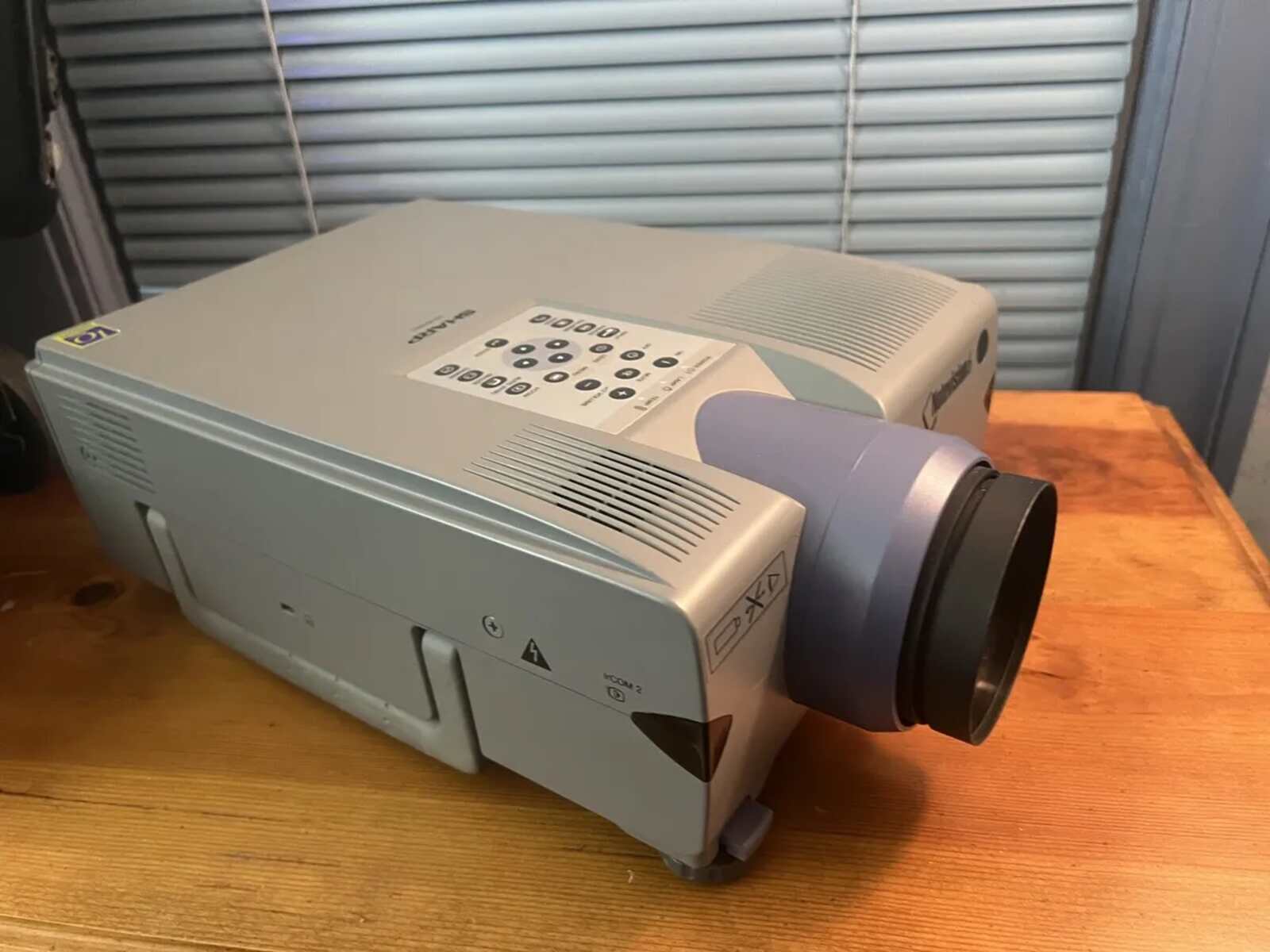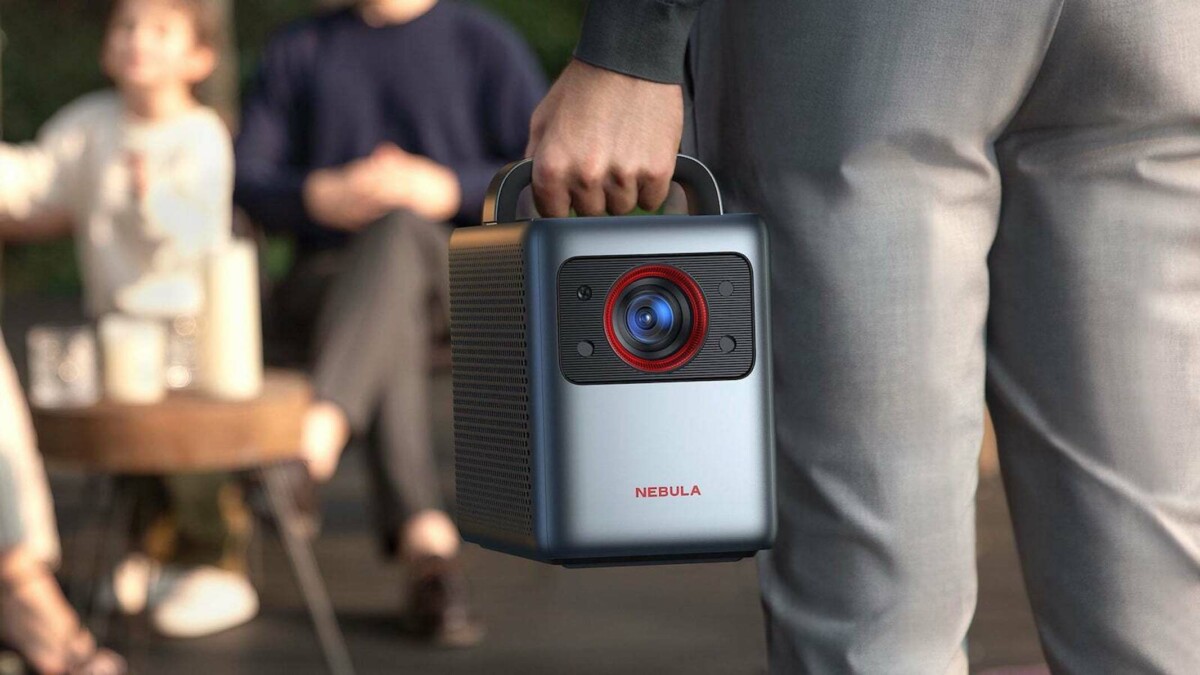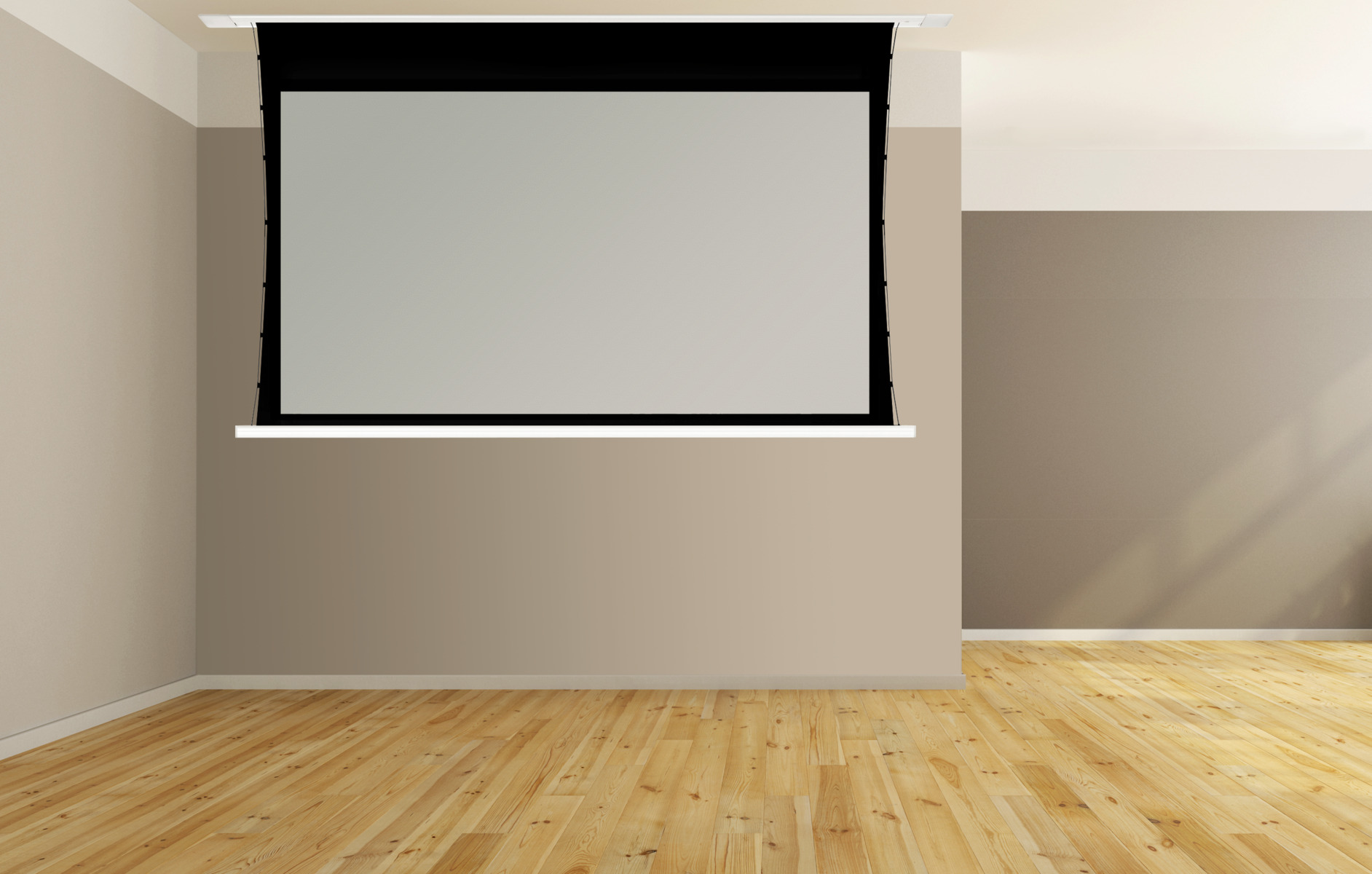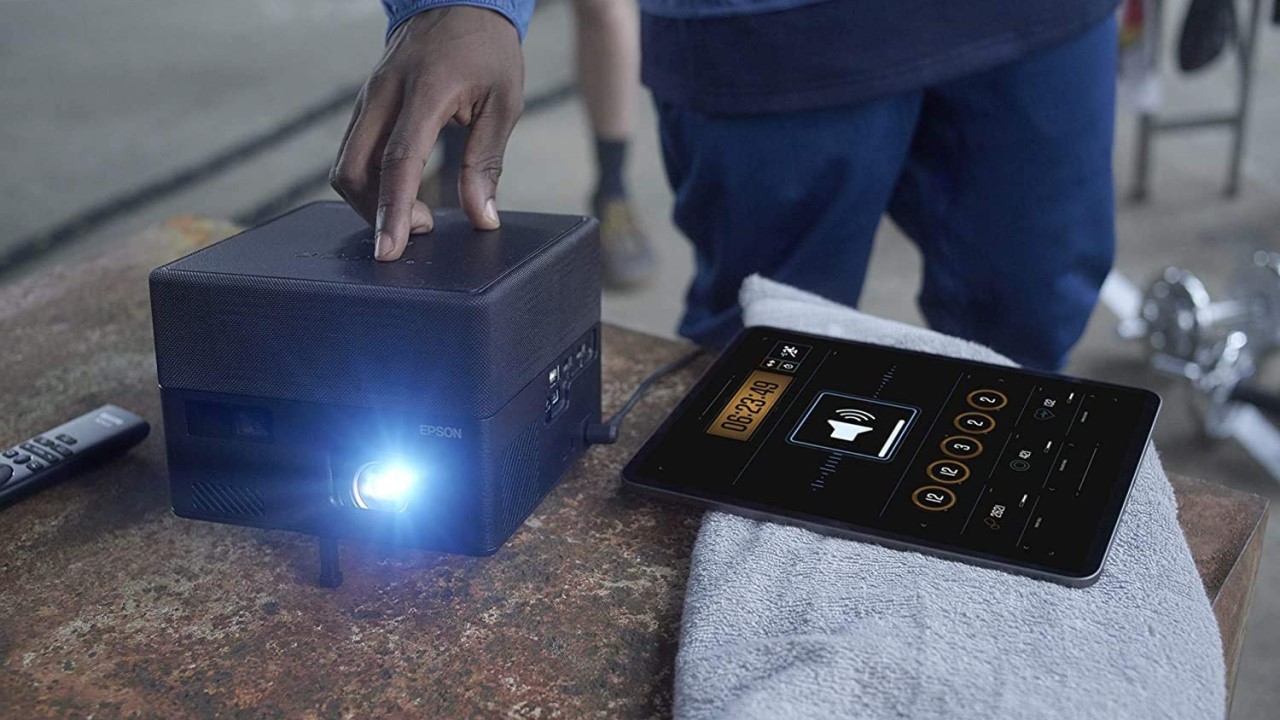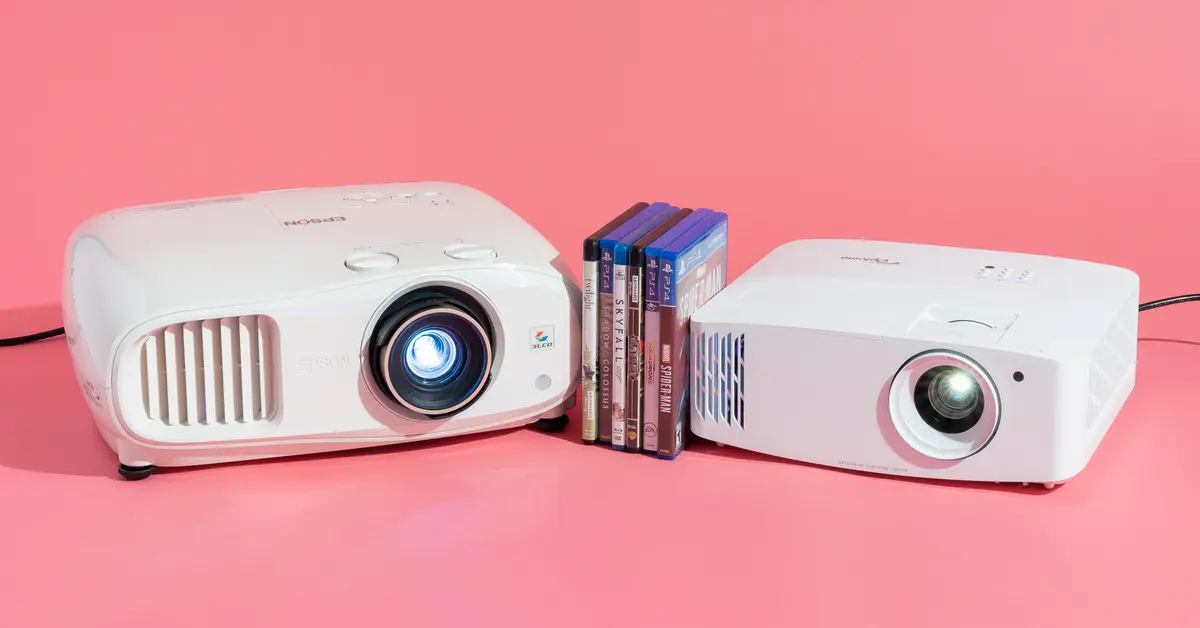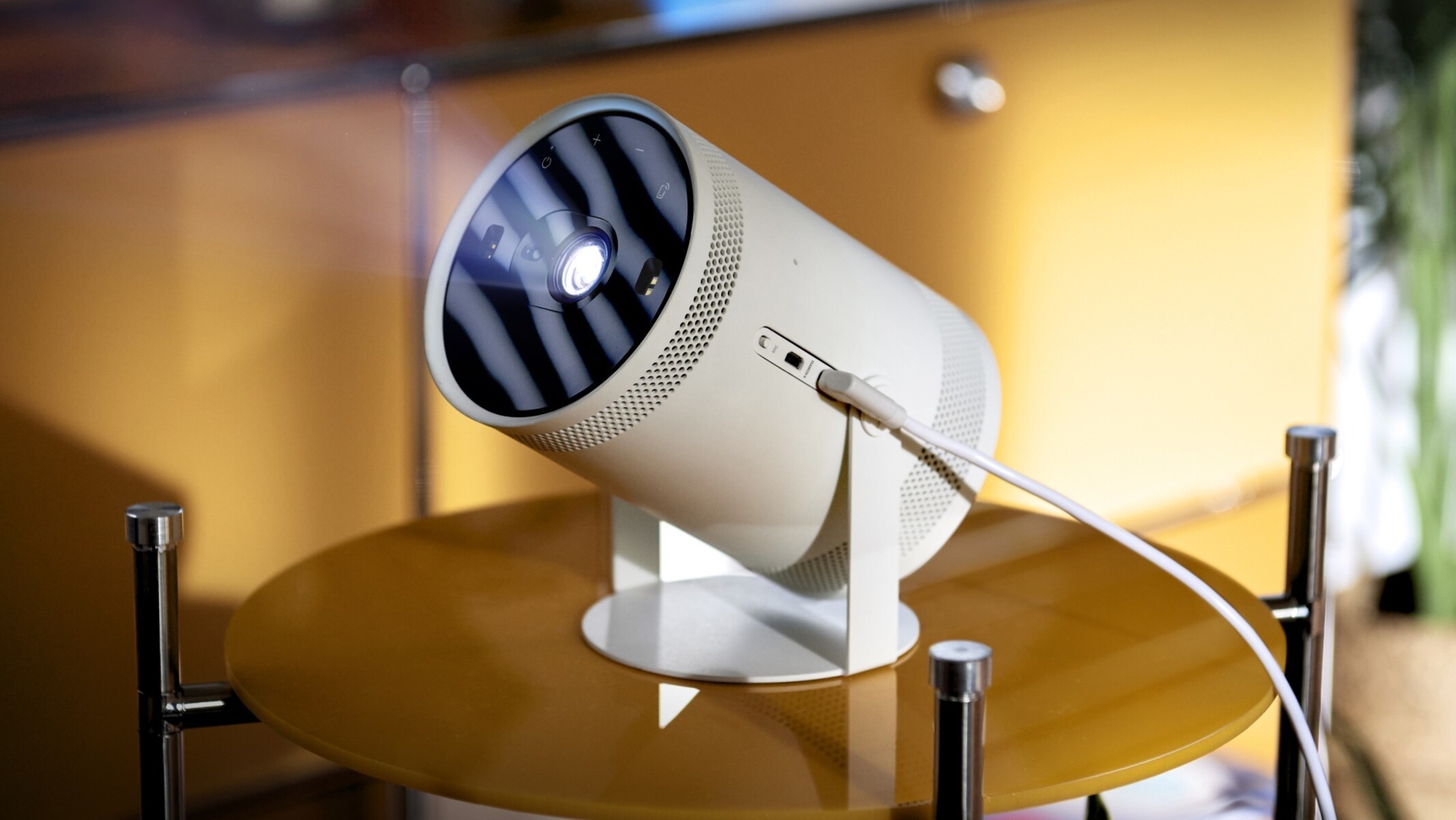Introduction
Introduction
Choosing a portable projector screen can significantly enhance your presentations, movie nights, or gaming experiences. The flexibility and convenience offered by a portable projector screen make it a popular choice for many individuals and organizations. However, with a wide array of options available in the market, selecting the right one can be daunting. This guide aims to simplify the decision-making process by highlighting key factors to consider when choosing a portable projector screen.
The versatility of portable projector screens makes them suitable for various settings, including conference rooms, classrooms, outdoor events, and home theaters. Whether you are a business professional, educator, or entertainment enthusiast, finding the perfect portable projector screen can elevate your visual experiences. By understanding the essential features and considerations, you can make an informed decision that aligns with your specific needs and preferences.
In the following sections, we will delve into crucial aspects to consider when selecting a portable projector screen. From size and aspect ratio to portability, material quality, ambient light considerations, and budget constraints, each factor plays a pivotal role in determining the most suitable option. By the end of this guide, you will be equipped with the knowledge to confidently choose a portable projector screen that complements your unique requirements.
Whether you are seeking a portable solution for professional presentations, a compact screen for outdoor movie nights, or a versatile option for various settings, this guide will provide valuable insights to help you make an informed decision. Let's explore the key considerations that will empower you to select the ideal portable projector screen for your specific needs.
Consider the Size and Aspect Ratio
When choosing a portable projector screen, considering the size and aspect ratio is paramount to achieving optimal visual performance. The size of the screen directly impacts the viewing experience, while the aspect ratio determines the compatibility with different content formats.
Determining the Ideal Size:
Before investing in a portable projector screen, assess the space where you intend to use it. Consider the distance between the projector and the screen, as well as the viewing area available. Opting for a screen that is too large for the space can lead to distorted images, while a screen that is too small may compromise visibility.
For outdoor settings, such as backyard movie nights or public events, a larger screen size is often preferred to accommodate a broader audience. Conversely, for personal use in smaller spaces, a compact and easily manageable screen size may be more suitable.
Understanding Aspect Ratio:
Aspect ratio refers to the proportional relationship between the width and height of the screen. Common aspect ratios include 4:3, 16:9, and 16:10, with 16:9 being the standard for high-definition content. It is crucial to select a screen with an aspect ratio that aligns with the content you intend to display, whether it is presentations, movies, or gaming.
Furthermore, some portable projector screens offer adjustable aspect ratios, providing versatility to accommodate various content formats. This flexibility can be advantageous for users who frequently switch between different types of media.
By carefully considering the size and aspect ratio of a portable projector screen, you can ensure that it complements the intended viewing environment and seamlessly integrates with your content sources. Whether it is for professional use, entertainment purposes, or educational settings, the right size and aspect ratio contribute significantly to an immersive and visually captivating experience.
Think About Portability and Setup
When selecting a portable projector screen, the considerations of portability and setup are pivotal in determining the practicality and convenience of its usage. The ability to effortlessly transport and set up the screen contributes to its overall utility in diverse environments.
Portability:
An ideal portable projector screen should offer ease of portability, allowing users to transport it between different locations with minimal effort. Consider the weight, compactness, and accompanying carrying case or bag when evaluating the portability of a screen. For individuals who frequently conduct presentations or events in various venues, a lightweight and compact screen that is quick to set up can be a valuable asset.
Furthermore, features such as collapsible or retractable designs enhance portability by minimizing the space required for storage and transportation. These attributes make the screen suitable for professionals on the go, outdoor enthusiasts, or anyone seeking a hassle-free setup process.
Setup Convenience:
The setup process of a portable projector screen should be straightforward and efficient, allowing users to prepare the display without complications. Look for screens that offer user-friendly assembly mechanisms, such as pop-up frames, snap-on components, or simple unfolding procedures. This ensures that the screen can be ready for use within minutes, saving time and effort, especially in time-sensitive scenarios.
Additionally, adjustable stands, tripod mounts, or wall-mounting options contribute to the versatility of setup, accommodating various environments and preferences. Whether it is for indoor presentations, outdoor movie screenings, or impromptu gatherings, a portable projector screen with adaptable setup features can adapt to diverse settings with ease.
By prioritizing portability and setup convenience when choosing a portable projector screen, you can streamline the process of deploying the screen in different locations while maintaining a seamless and efficient user experience. Whether for professional engagements, recreational activities, or educational purposes, a portable projector screen that prioritizes portability and effortless setup can significantly enhance the overall usability and practicality.
Material and Quality
When evaluating portable projector screens, the material and overall build quality are crucial factors that directly impact the visual performance, durability, and longevity of the screen. By understanding the characteristics of different materials and assessing the overall construction, you can make an informed decision to ensure a high-quality viewing experience.
Screen Material:
The material of the screen surface influences the clarity, color accuracy, and reflectivity of the projected images. Common materials include matte white fabric, PVC, and specialized materials designed to enhance brightness and contrast. Matte white fabric is widely favored for its ability to minimize hot spotting and provide uniform light diffusion, resulting in balanced and vibrant visuals.
Furthermore, some screens feature specialized coatings or textures to improve color reproduction, reduce glare, and enhance viewing angles. Understanding the characteristics of different screen materials allows you to select one that aligns with your specific visual preferences and usage scenarios.
Build Quality:
Assessing the overall build quality of a portable projector screen involves examining the frame, support structure, and components responsible for stability and longevity. Durable frames constructed from aluminum or steel offer robust support, ensuring that the screen remains taut and stable during use.
Additionally, the quality of hinges, joints, and retractable mechanisms contributes to the overall reliability and ease of operation. A well-constructed portable projector screen should withstand frequent assembly and disassembly without compromising its structural integrity or functionality.
Considering the material and build quality of a portable projector screen is essential to ensure that it delivers consistent and visually appealing performance while withstanding the rigors of regular use. By prioritizing screens crafted from high-quality materials and featuring sturdy construction, users can enjoy reliable and enduring visual experiences across various settings and applications.
Consider Ambient Light and Viewing Angle
When choosing a portable projector screen, accounting for ambient light conditions and viewing angles is essential to optimize the visibility and clarity of projected content. Understanding how different lighting environments and viewing positions impact the screen’s performance enables users to select a screen that suits their specific usage scenarios.
Ambient Light Considerations:
The level of ambient light in the viewing environment significantly affects the perceived brightness and contrast of projected images. For spaces with controlled lighting, such as dedicated home theaters or boardrooms, screens designed to enhance contrast and minimize reflection are advantageous. These screens often feature specialized coatings or materials that mitigate the impact of ambient light, resulting in vivid and detailed visuals even in well-lit settings.
Conversely, for outdoor or multipurpose settings where ambient light cannot be fully controlled, screens with high gain or enhanced brightness capabilities are preferable. These screens are engineered to counteract the effects of ambient light, ensuring that the projected content remains visible and impactful even in brighter conditions.
Viewing Angle Optimization:
The viewing angle of a portable projector screen influences the optimal position from which viewers can comfortably and clearly see the projected content. Screens with wide viewing angles ensure that the audience can enjoy consistent image quality from various vantage points, eliminating the limitations of a narrow sweet spot.
Furthermore, screens designed to maintain color accuracy and uniformity across wider viewing angles contribute to inclusive and immersive viewing experiences. This is particularly beneficial for larger audiences or settings where viewers are positioned at diverse angles relative to the screen.
By factoring in ambient light conditions and viewing angles when selecting a portable projector screen, users can tailor their choice to suit the specific environments and applications in which the screen will be utilized. Whether it is for indoor presentations, outdoor events, or home entertainment, a screen that effectively addresses ambient light challenges and offers accommodating viewing angles enhances the overall visual impact and versatility of the projection setup.
Budget and Value for Money
When considering a portable projector screen, evaluating the budget and assessing the value for money is essential to make a cost-effective investment that aligns with your requirements and expectations. By balancing the available budget with the features and benefits offered by different screens, users can identify the most suitable option that maximizes value without compromising quality.
Setting a Realistic Budget:
Establishing a clear budget framework enables users to narrow down their options and focus on screens that offer the best combination of features within their financial constraints. While portable projector screens are available across a wide price spectrum, it is important to determine a budget that reflects the desired quality, functionality, and longevity of the screen.
Factors such as screen size, material quality, portability features, and additional enhancements, such as motorized or tensioned screens, may influence the pricing. By understanding the trade-offs between budget and desired features, users can make informed decisions that prioritize essential attributes while remaining within their financial parameters.
Evaluating Value for Money:
Assessing the value for money involves considering the long-term benefits and overall utility offered by a portable projector screen in relation to its cost. Screens that incorporate durable materials, versatile functionality, and performance-enhancing features provide enduring value by delivering consistent and reliable visual experiences over time.
Additionally, value can be derived from screens that offer innovative design elements, ease of maintenance, and compatibility with a range of projection technologies. These attributes contribute to the overall satisfaction and return on investment, ensuring that the chosen screen continues to meet evolving needs and technological advancements.
By carefully evaluating the budget and assessing the value for money when selecting a portable projector screen, users can make a well-informed choice that optimizes their investment. Whether it is for professional applications, personal entertainment, or educational purposes, a screen that strikes a balance between affordability and long-term value enhances the overall satisfaction and utility of the projection setup.
Conclusion
Choosing a portable projector screen involves a thoughtful consideration of various factors to ensure that the selected screen aligns with your specific needs and preferences. By examining the size and aspect ratio, portability and setup features, material quality, ambient light considerations, viewing angles, budget constraints, and overall value for money, users can make informed decisions that enhance their visual experiences across diverse settings.
The size and aspect ratio of the screen directly impact the viewing experience and compatibility with different content formats. By selecting a size that suits the viewing environment and an aspect ratio that aligns with the intended content, users can optimize the visual performance of the screen.
Portability and setup features play a pivotal role in ensuring the practicality and convenience of a portable projector screen. Screens that offer ease of transportation, quick assembly, and adaptable setup options enhance the versatility and usability of the projection setup in various environments.
Material quality directly influences the visual performance, durability, and longevity of the screen. By prioritizing high-quality screen materials and sturdy construction, users can enjoy consistent and reliable visual experiences across different applications.
Considering ambient light conditions and viewing angles allows users to select a screen that addresses specific environmental challenges and offers inclusive viewing experiences. By factoring in these considerations, the screen can deliver optimal visibility and clarity in diverse settings.
When evaluating the budget and assessing the value for money, users can make cost-effective investments that prioritize essential features and long-term utility. Balancing the budget with the desired features ensures that the chosen screen maximizes value without compromising quality.
Ultimately, by carefully considering these key factors, individuals and organizations can confidently choose a portable projector screen that complements their unique requirements, whether it is for professional presentations, entertainment purposes, or educational settings. The right portable projector screen enhances visual experiences, fosters engagement, and contributes to seamless and impactful content delivery across various platforms and applications.







